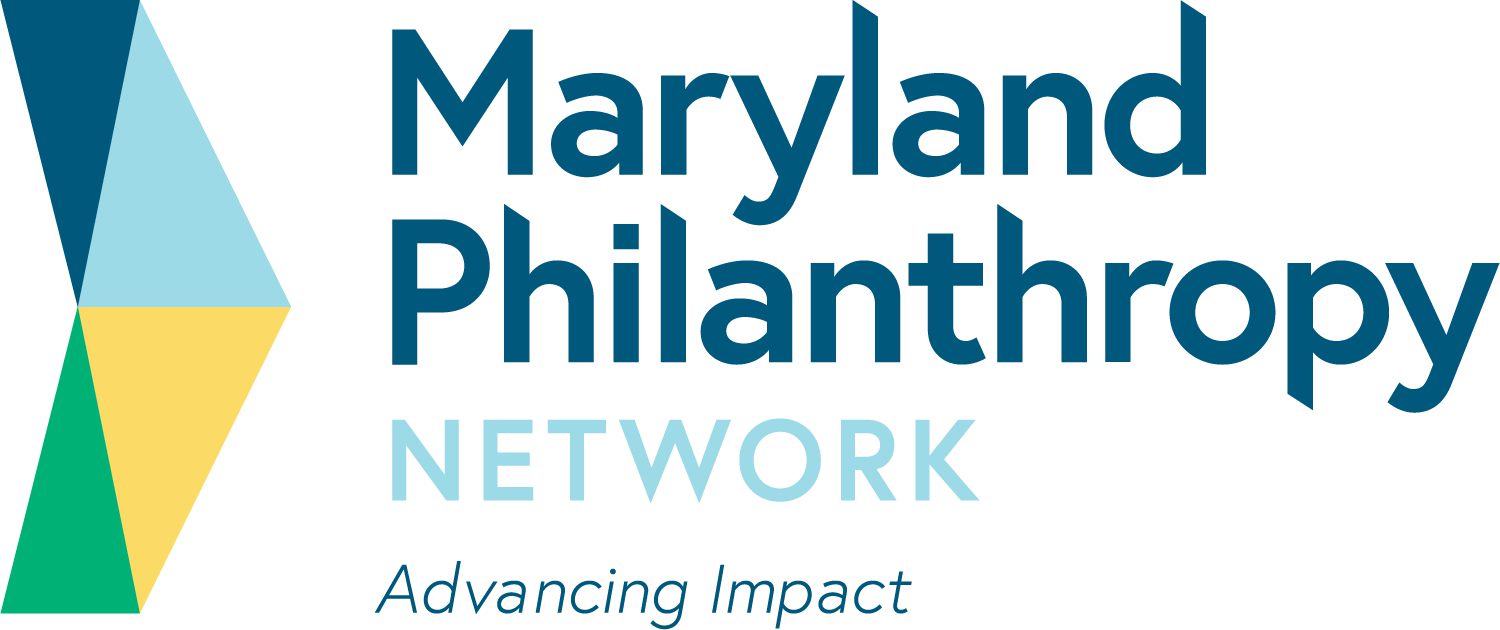Centering Race and Disability in Closing the Racial Wealth Gap
Race and disability are inextricably linked. In the United States, 61 million adults, or 26 percent of the adult population, have a disability. Black, Indigenous, and People of Color have a higher incidence of disability with one in four Black Americans and three in ten Indigenous people living with a disability. As we’ve seen during the pandemic, people of color with disabilities have been disproportionately affected by COVID-19 and job loss and are at an increased risk of falling below the poverty line. About 26 percent of people with disabilities people live below the poverty line, with Black and Indigenous individuals with disabilities having the highest rate of poverty, at 36 percent and 34 percent, respectively. Adding gender to the mix, the Center for American Progress found that women with disabilities have a poverty rate of 22.9 percent — double that of women without a disability and five percent more than for men with disabilities.
Knowing this, we as philanthropic organizations can’t address poverty, race, and disability as separate issues. If we attempt a siloed approach, then we are not going to get to the solutions. Understanding the intertwined nature of these disparities and applying disability-explicit and race-explicit lenses are critical to achieving racial equity and economic inclusion. As we seek opportunities to close the racial wealth gap, we must take disability into account.
Click here to read the full article.
Source: Center for Effective Philanthropy

